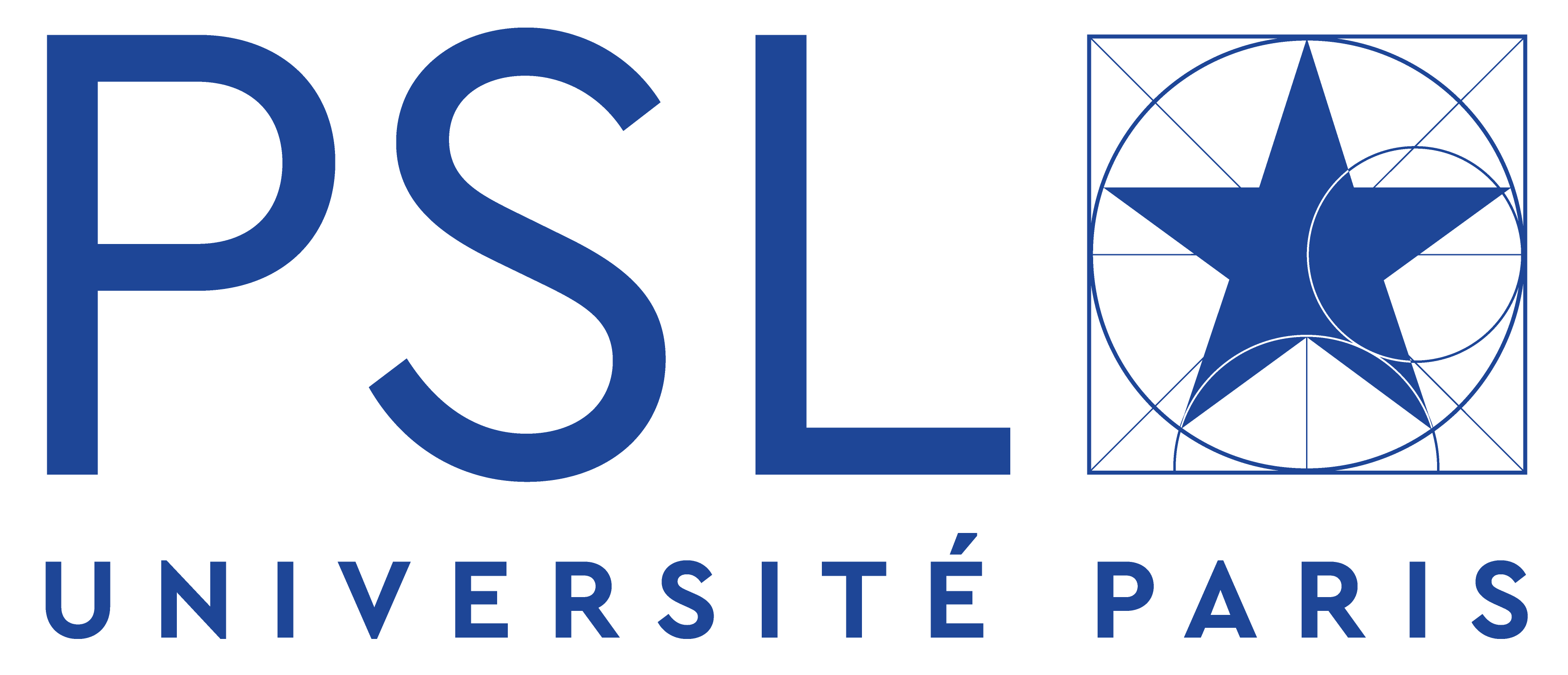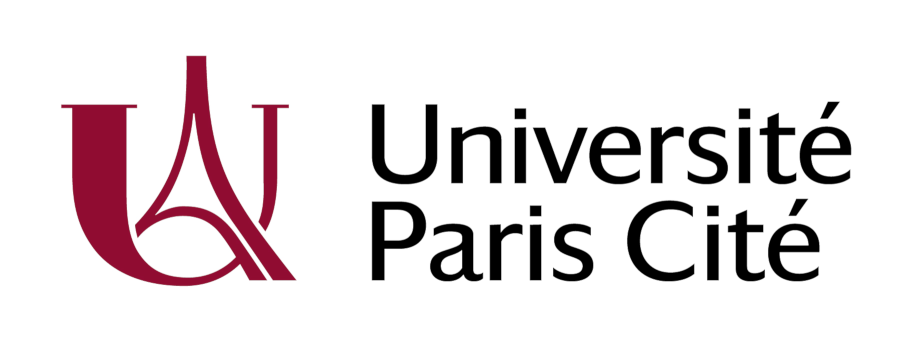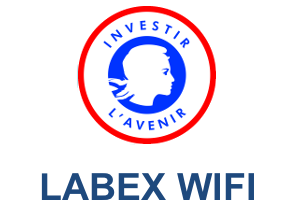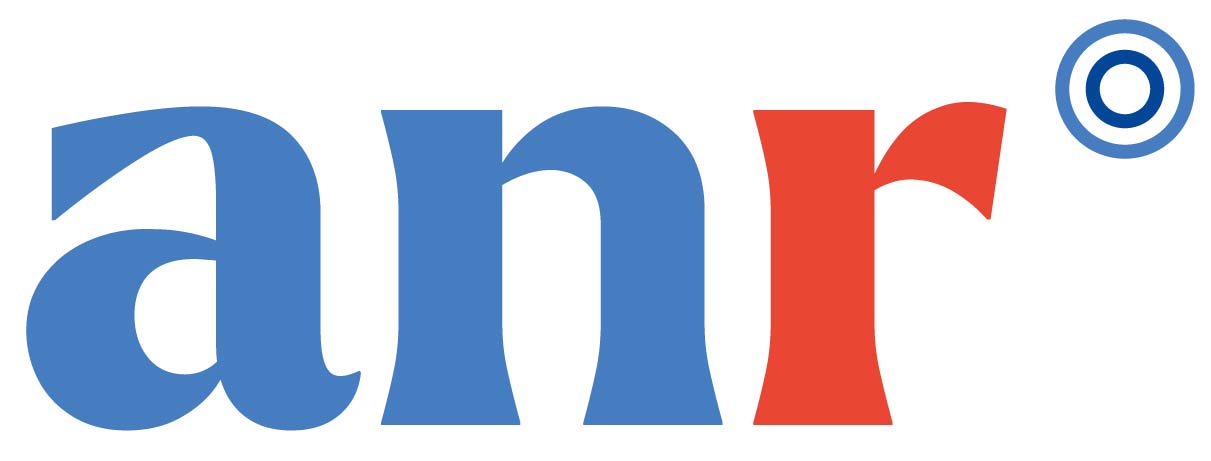Contrôle d’ondes en milieux complexes
Dans les milieux dits complexes, tels qu’une pièce d’une maison pour les micro-ondes ou des fibres optiques présentant du désordre pour la lumière, les ondes sont distordues par un grand nombre de réflexions ou d’événements de diffusion au cours de leur propagation. Cela a pour conséquence de mélanger, de manière apparemment aléatoire, les informations portées par les ondes. Ainsi, les milieux complexes peuvent avoir un effet délétère sur de nombreuses applications, telles que les télécommunications ou l’imagerie.
L’équipe de Contrôle des ondes en milieux complexes étudie les techniques de modulation spatiale et/ou temporelle du front d’onde pour combattre ces effets. Une partie de ces travaux tire même profit des propriétés du désordre pour créer des dispositifs originaux.
Récemment, de nombreux travaux ont concerné les télécommunications. En effet, le contrôle des ondes permet d’augmenter les débits, la portée et/ou de diminuer la consommation des systèmes de télécommunications. Néanmoins, d’autres applications ont été visées, comme le calcul analogique, la localisation de cibles ou le développement d’antennes IRM.
Le thème étudie principalement trois domaines des ondes :
- le Domaine micro-ondes,
- le Domaine optique,
- le Domaine acoustique.
Suite au développement de métasurfaces reconfigurables dans la gamme des micro-ondes, analogues des modulateurs spatiaux utilisés en optique, plusieurs pistes d’exploitation de celles-ci ont été envisagées. Dans la gamme micro-onde les ondes électromagnétiques subissent de nombreuses réflexions sur les murs et une pièce agit typiquement comme une cavité réverbérante. L’utilisation typique de la métasurface consiste à l’intégrer sur une paroi de ces cavités et ainsi d’en modifier les conditions aux limites.
Télécommuncations
Une première application directe de ces métasurfaces est en lien avec la start-up issue du laboratoire, GreenerWave, fondée en 2016, est évidemment l’optimisation des télécommunications sans fil. Nous avons ainsi montré qu’il devient possible d’adapter l’environnement pour optimiser la capacité de Shanon d’un canal de transmission dans un environnement urbain afin d’améliorer le taux de transfert [1]. En collaboration avec Orange, une métasurface avec un contrôle continu de la phase a été exploitée afin de réaliser des transmissions passives qui recyclent le champ électromagnétique ambiant [2]. Enfin, grâce aux travaux précurseurs de l’institut Langevin et son expertise sur la modélisation des métasurfaces, sont largement reconnus comme des dispositifs prometteurs pour les télécommunications sous la dénomination de RIS (Reconfigurable Intelligent Surface) [3].
Calcul analogique
 Montage micro-onde de calcul analogique dans une cavité réverbérante. Image adatpée de [4].
Montage micro-onde de calcul analogique dans une cavité réverbérante. Image adatpée de [4].
Outre le domaine des télécommunications, plusieurs pistes d’utilisation de ces métasurfaces sont étudiées. Par exemple, il a été proposé d’utiliser ces métasurfaces afin de réaliser du calcul analogique [5]. En plaçant des métasurfaces reconfigurables dans la pièce, on peut ajuster la façon dont les ondes sont réfléchies par les murs. Ainsi, ils effectuent les opérations de calcul souhaitées – simplement en laissant des ondes de Wi-Fi rebondir d’une manière apparemment arbitraire mais maîtrisée.
Localisation de cibles
Toujours à l’aide de ces métasurfaces nous avons démontré qu’il peut être possible de localiser des intrus qui tentent de rester inaperçus en exploitant les multiples configurations [6].
Contacts
Domaine optique
 Montage de contrôle de front d’onde permettant de mesurer la matrice de transmission d’un milieu milieu diffusant ou d’une fibre optique multimode. Image issue de [7].
Montage de contrôle de front d’onde permettant de mesurer la matrice de transmission d’un milieu milieu diffusant ou d’une fibre optique multimode. Image issue de [7].
Aujourd’hui, la plupart des communications longue distance reposent sur des fibres optiques monomodes, qui atteignent leur limite en termes de débit. Les fibres optiques multimodes sont particulièrement intéressantes car elles offrent la possibilité d’utiliser la diversité spatiale (les différents modes spatiaux) pour augmenter les débits. Cependant, la dispersion et le couplage entre les modes dû aux défauts de la fibre et à sa conformation spatiale limite leur utilisation. La matrice de transmission optique, dont la mesure a été faite pour la première fois à l’Institut Langevin dans les milieux diffusants [8], permet de complêtement caracteriser la relation entrée/sortie de la fibre optique et ainsi d’en étudier ses propriétés et de trouver de nouvelles modalités d’application.
Télécommuncations
Dans l’optique de mitiger l’effet du désordre dans ces fibres, nous avons caractérisé l’effet de perturbations locales et montré qu’il était possible de trouver une base de canaux, différente des modes de la fibre, qui permet d’être insensible au désordre [9], ce qui est particulièrement intéressant pour les télécommunications dans un canal dont l’intensité des perturbations peut varier dans le temps.
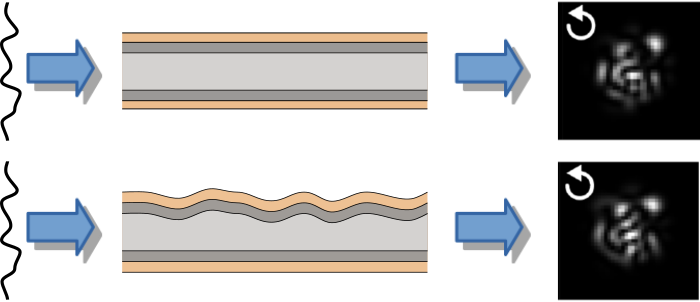 Exemple de canal non sensible à une perturbation locale, le profil d’intensité en sortie reste le même avec (bas) ou sans (sans) perturbation. Image adaptée de [10].
Exemple de canal non sensible à une perturbation locale, le profil d’intensité en sortie reste le même avec (bas) ou sans (sans) perturbation. Image adaptée de [10].
Calcul analogique
Récemment, nous avons montré que ce désordre, considéré généralement comme purement détrimentiel, peut être exploité pour le calcul optique [11].
Contrôle du front d’onde tout fibré
Par ailleurs, en collaboration avec l’université de Jérusalem, nous avons montré que la modification des conditions limites d’une fibre, en grande partie à l’origine du désordre, peut être exploitée pour mettre en forme spatialement le faisceau, de manière similaire à un modulateur spatial de lumière, ou pour focaliser le champ en sortie [12]. En caractérisant le système puis en modulant le front d’onde en entrée, on peut faire réaliser par une fibre optique multimode désordonnée n’importe quelle opération linéaire choisie de manière reconfigurable.
Contacts
Page en construction
Contacts



